Most Popular
Subway Stories
[Subway Stories] Sillim remains young at heart
Once a hub for budget-conscious college students and ‘goshi' exam prep students, Seoul’s southwestern neighborhood embraces more diverse, yet still youthful population
By No Kyung-minPublished : Sept. 10, 2023 - 16:08

On the high-traffic Seoul Subway Line No. 2 sits Sillim Station in southwestern Seoul, which recently added the Sillim Line to Seoul’s sprawling web of metro stations.
Sillim Station bustles with budding Seoulites, mostly university students and office workers, who take advantage of the neighborhood’s easy accessibility to universities like Seoul National University, as well as key business districts like Gangnam and Yeouido.
Yet, it's not solely the location that adds to the neighborhood’s appeal.
The relatively cheaper housing prices have been also catching the eyes of those seeking affordable nests in Seoul’s concrete jungle. Findings by Dabang, a South Korean mobile realtor app operator, indicate that Sillim Station has emerged as the most frequently searched station during the first quarter of this year.
Nonetheless, recent events have rung a somber tone throughout the community in Sillim-dong.
High-profile crimes that occurred this year -- such as a fatal stabbing rampage near Sillim Station in July and a rape-murder case at a park in August -- have raised concerns and demands for enhanced security measures in what was once a learning-centric district primarily populated by students.

The ‘goshi’ town
When people refer to Sillim-dong, they are typically talking about a large area that consists of 11 administrative "dong" -- a smaller unit within a district -- collectively housing around 245,000 residents. This population size is nearly equivalent to that of Seoul's Geumcheon district.
The popularity of Sillim-dong among young aspiring souls can be traced back to the 1975 relocation of most colleges of Seoul National University from the northern part of Seoul to the southern district of Gwanak, to which Sillim belongs. This led to an influx of students in search of affordable housing options.
As the population of elite SNU students increased, so did the number of individuals preparing for state-administered examinations, commonly known as "goshi," for such esteemed jobs like career diplomats, executive-level civil servants and judges. Those preparing to take the goshi are commonly referred to as “goshisaeng.”
Not only SNU students, but also goshisaeng from across the country flocked to the Sillim neighborhood and huddled together in the area. This allowed for exchange of information with fellow examinees, and helped reduce living expenses as much as possible. Many live in cost-effective single-room accommodations, called “goshiwon."
The prospect of living on roughly half the rental cost of a studio apartment -- with no need for paying a lump-sum upfront deposit -- held a strong appeal for the exam prep students, even if it meant residing in cramped spaces.
“Sillim’s goshi town had a unique vibe like none other. Exam prep students in sweatpants and slippers formed the dominant group, with many peculiar businesses catering to them like ‘goshi restaurants,’ which offer buffet-style meals three times a day for a monthly subscription fee, ‘goshi hagwon’ and ‘dokseosil (study rooms),'” said 45-year-old Lee, recalling her days of studying for the bar exam in the Sillim area.
Sillim’s position as the epicenter of goshi pursuits, however, started to wane following structural changes in qualification systems.
The introduction of the law school system in 2008 and the subsequent discontinuation of the state-run bar exam in 2017 meant that aspiring lawyers had no choice but to enroll in law schools. Additionally, in 2013, the foreign service examination was replaced by a new recruitment system that included a training program for diplomat candidates.
These changes collectively led to a decline in the relevance and popularity of Sillim-dong's goshi culture.

Burgeoning neighborhood for single-family homes
Where the goshisaeng left, new groups of young hopefuls settled in – young workers seeking an affordable place to stay, not too far from the city center where offices are located.
The area outside Sillim Station is crammed with a myriad of commercial and residential buildings, reflecting the exuberance of the bustling neighborhood characterized by scores of multiplex housing units and the occasional goshiwon.
According to a local real estate agent surnamed Son, the sustainability of goshiwon-style housing is in question following the exodus of goshi saeng and increased operating costs.
“Given the overall increase in rental fees across Seoul, those operating goshiwon-type residences may face financial challenges unless they opt to raise their fees,” he said. "However, such a move could undermine the affordability that goshiwon accommodations are known for," he added.
Alongside traditional goshiwon and other similar lodging options like "one-room-tel" and "living-tel,” new dwelling types have been on the rise, including studio apartments which continue to bolster Sillim's status as a hub for single-person households.
Data released by the Seoul City government last year showed that Gwanak-gu, with Sillim-dong taking up nearly 60 percent of its land area, boasted the highest population of people living alone in Seoul. It had a total of about 283,623 households, with 145,433 single-person households accounting for more than half of them.
The neighborhood is filled with venues tailored to solo patrons, as exemplified by a fried chicken restaurant that exclusively serves half portions of a fried chicken, catering to solitary customers. Such an offering is rare in Korean culinary culture, but a fitting one in Sillim.
An employee at the restaurant who wished to remain anonymous stated that the majority of customers relish dining alone.
"Despite a slight decrease in the evening patronage due to recent criminal incidents, many still come alone at midday," she said.
Despite the fact that young residents in Sillim are able to make the most of their leisure hours outdoors in vibrant places like Sillim’s food street, Starlight Street, or Time Stream, all packed with versatile establishments and commercial shops, many also find solace in the online world within the comfort of home.
Based on data collected by the Seoul City government in conjunction with South Korea's leading mobile carrier SK Telecom, as of August 2022, Sillim-dong claimed the top spot for monthly food delivery service usage, averaging 18.4 orders per month.
Additionally, it secured the title of the highest average monthly video streaming service usage per person at 28.1 connections.
Moon Ki-jung, a 27-year-old who has resided alone in Sillim-dong for a year, feels that the numerous buildings in the densely populated residential areas can make him feel caged in. He also expressed disappointment about the abundance of delivery-only restaurants in the neighborhood.
"But I have no complaints, as I was able to secure a nice studio apartment at an affordable rental price," he said. "Moreover, I'm quite satisfied with the geographical location of Sillim Station, not far from both the southern and northern parts of Seoul."






![[Herald Interview] How Gopizza got big in India](http://res.heraldm.com/phpwas/restmb_idxmake.php?idx=644&simg=/content/image/2024/11/20/20241120050057_0.jpg&u=20241120164556)


![[KH Explains] Dissecting Hyundai Motor's lobbying in US](http://res.heraldm.com/phpwas/restmb_idxmake.php?idx=644&simg=/content/image/2024/11/20/20241120050034_0.jpg&u=)
![[Graphic News] 70% of S. Koreans believe couples can live together without tying the knot: survey](http://res.heraldm.com/phpwas/restmb_idxmake.php?idx=644&simg=/content/image/2024/11/19/20241119050098_0.gif&u=)
![[Kim Seong-kon] Farewell to the vanishing John Wayne era](http://res.heraldm.com/phpwas/restmb_idxmake.php?idx=644&simg=/content/image/2024/11/19/20241119050096_0.jpg&u=)
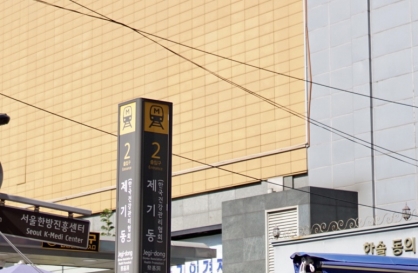
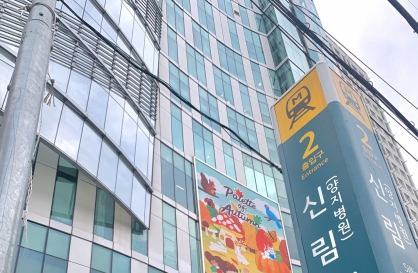
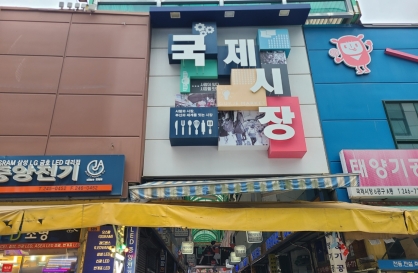
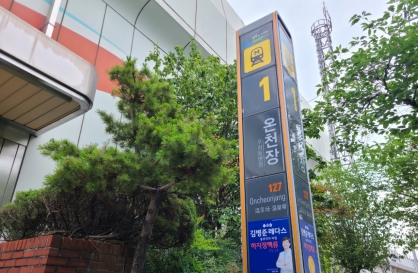
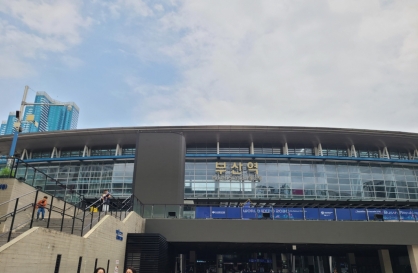







![[Today’s K-pop] Blackpink’s Jennie, Lisa invited to Coachella as solo acts](http://res.heraldm.com/phpwas/restmb_idxmake.php?idx=642&simg=/content/image/2024/11/21/20241121050099_0.jpg&u=20241121172748)